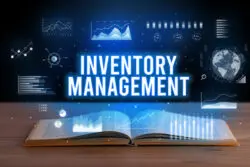Generational Diversity in the Workplace: How to Understand and Manage Your Workforce

Age diversity is one of the most overlooked competitive advantages in business. Each generation brings something unique to the table, and when those strengths come together, your team becomes more adaptable, creative, and resilient. However, synergy doesn’t always come naturally, and you’ll likely have to…










